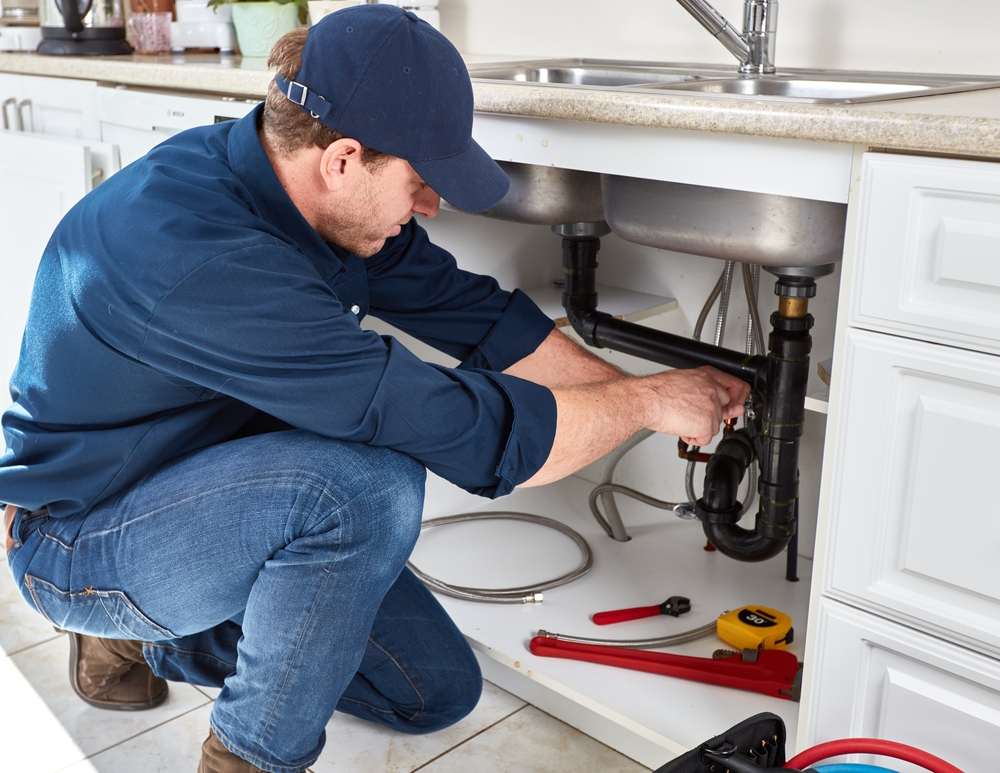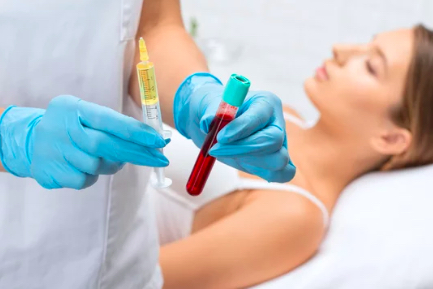Fencing Companies Rock Hill SC can be any structure that encloses an area, like the one around your backyard. A totally different kind of fencing is the sport that involves combat with long, pointy swords – known as foils.
Most states have laws requiring property owners to build fences on their surveyed boundary lines as precisely as possible. However, a number of factors determine fence style and installation.

In a building, enclosures are the structural elements that separate and limit access around the exterior of the building. These boundaries are often defined by physical barriers such as fences, walls and hedges. In addition to defining boundaries, enclosures also protect and contain interior spaces from the outside environment. Enclosures can be used in a variety of ways, from protecting a garden from the wind to containing animals in zoos.
When designing an enclosure, it is important to consider the embodied carbon impacts of all the materials used. Multiple tools are available to help the construction industry compare upfront embodied carbon of various materials. One such tool is the Embodied Carbon in Construction (EC3) Tool, developed by Building Transparency. Another is Payette’s Kaleidoscope, which allows users to calculate the embodied carbon of components.
Using these tools can help architects and designers choose low embodied carbon enclosure systems for their projects. While a larger portion of embodied carbon is associated with the building structure, enclosure materials can still have a significant impact on overall embodied carbon goals.
Enclosures should allow for daily visual assessment of animals to identify welfare problems or behavioural issues within a group, and handlers should be trained to minimise stress caused to primates when handling them. A well-designed enclosure will make it easy for veterinary staff to observe animals and remove them from the environment if necessary, for example to treat injuries or for vaccinations.
The climatic conditions of the exterior environment that affect the enclosure can be classified in terms of mass and energy loadings. Loadings are generally derived from the local climate and weather, although there may be additional factors such as the terrain surrounding the building, landscaping features, the presence of adjacent buildings or the shape and configuration of the building itself that can moderate these loads.
All the enclosure surfaces must meet the support, control, finish and distribution functions, although some surfaces do not need to fulfil all of these functions. For example, the finishes that form the interfaces with both the internal and external environments need to satisfy visual, esthetic, wear and tear, and performance requirements but not necessarily distribute services.
Security
A fence is any structure, wall or barrier other than a building erected at grade for the purpose of defining boundaries of property, separating open space, restricting ingress to or egress from a given area, providing security or protection to property or acting as a visual or acoustic screen. A fence may also serve as a guardrail or a barrier to deter trespassing. A fence may also serve as a barrier to protect animals and plants from predation. It can be a temporary or permanent device, and it is commonly made of wood, stone, metal or other material.
The term fence can also refer to a person or entity who deals in stolen goods, especially a criminal. For example, car stereo thieves often sell stolen items to fences rather than directly to final buyers in pawnshops and auctions because this reduces the risk of getting caught. In addition, fences often try to disguise the stolen nature of their goods by removing, defacing or replacing serial numbers or transporting them to other cities to lessen the chances that they will be recognized by local police departments.
Security is a broad concept with many different meanings. It can be seen as the absence of harm (e.g., freedom from want or disease); as the ability to withstand adverse external forces (e.g., secure foundations); as confidence in the ability to achieve a goal (e.g., financial security); as the ability to defend against threats (e.g., computer security); and as the capacity to maintain confidentiality and privacy (e.g., data security).
Security can also be seen as a system of rules and procedures designed to keep people from harm or incompetent to do something. Examples of security include access control, alarm systems, guards and surveillance devices. However, some of these measures can be considered “security theater” if they do not actually increase an organization’s security. For example, the presence of security guards in a business after a terrorist attack might cause employees to feel safer, but it does not necessarily diminish the threat.
Privacy
Privacy fences create a sense of seclusion and help block neighbors’ view of your backyard and outdoor living space. They also offer some noise reduction benefits and provide a layer of security for homes with children or pets. These are just some of the reasons why privacy fences are becoming increasingly popular with homeowners.
When considering whether to install a privacy fence, you must consider the style of your home and how much privacy you want for your backyard. There are several different options available, including cedar wood, vinyl, and aluminum fencing. Each type has its own benefits and drawbacks.
For example, a wooden privacy fence offers a natural look that blends with almost any landscape. It can also be trimmed to fit your property and is easy to work with for DIY projects. However, this option may not be as affordable as other types of fences.
Other options include planting trees and shrubs to create a natural privacy fence. Plants such as cypresses and red cedars can grow tall enough to block your view, while plants such as lilacs can add color and texture to your yard. Plant walls are also great for reducing noise pollution because they absorb and block noise from the street or other neighbors.
A privacy fence made from low-maintenance vinyl is another great option. The Chesterfield CertaGrain privacy fence is available in white, almond, and clay colors and 9 other blended combinations, giving you a natural look without the maintenance of wood. It can even withstand St. Louis’ high winds.
If you’re looking for a traditional wood look without the maintenance, consider using a shadowbox construction. This type of fence alternates pickets on both sides of the rail for a more interesting design. Another option is to use an alternating picket pattern with a solid-board configuration to break up the monotony of a solid-panel privacy fence.
Privacy fences are a great investment for your home. However, it’s important to weigh the costs and benefits of each option before deciding whether or not to make the investment. You should also consider the amount of privacy you need and how vital longevity is to your decision.
Aesthetics
A fence is a barrier enclosing an area of land, often outdoors, and it is usually constructed from posts connected by boards, wire, rails or netting. It can be opaque or it may allow visual contact with the other side of the fence. In the context of equestrian sports, a fence can also refer to an obstacle or barrier that horses must jump over.
Aesthetics is the philosophical study of beauty and taste. It is closely related to the philosophy of art, but has a wider scope than that discipline. The definition of beauty has shifted over time, and the term now includes more than just attractiveness. It can include beauty, sublimeness, and other concepts.
The concept of beauty is a complex and subjective one, and its definition is often debated in the academic world. There are many factors that contribute to a person’s appreciation of beauty, including age, religion, culture, and education. Some people have a predisposition to certain types of beauty, while others have no such preference.
Despite the subjectivity of aesthetics, there are some fundamental principles that can help to guide our perceptions. For example, we might be able to determine what is beautiful or ugly by analyzing the elements of an object or scene. Some philosophers have used this technique to examine historical works of art. Others have used it to assess the value of a painting.
While some philosophers have argued that the nature of beauty is a matter for personal judgement, others have sought to define it more objectively. For example, the philosopher Andre Malraux believed that beauty was linked to a particular conception of art that arose with the Renaissance and was dominant in the eighteenth century. Other scholars, such as Abraham Moles and Frieder Nake, have studied the relationship between beauty and information processing.
As climate change alters the environment, it has implications for how people perceive and appreciate its beauty. For example, some people might find landscapes less pleasing as they become more arid and desert-like. In contrast, the philosopher Mark Brady argues that changing environmental conditions will produce new aesthetic qualities in natural landscapes. He cites the example of a marsh becoming woodland, noting that although there will be some aesthetic losses associated with the transformation, the new ecosystem will offer other sights, sounds and smells that will create their own appeal.


